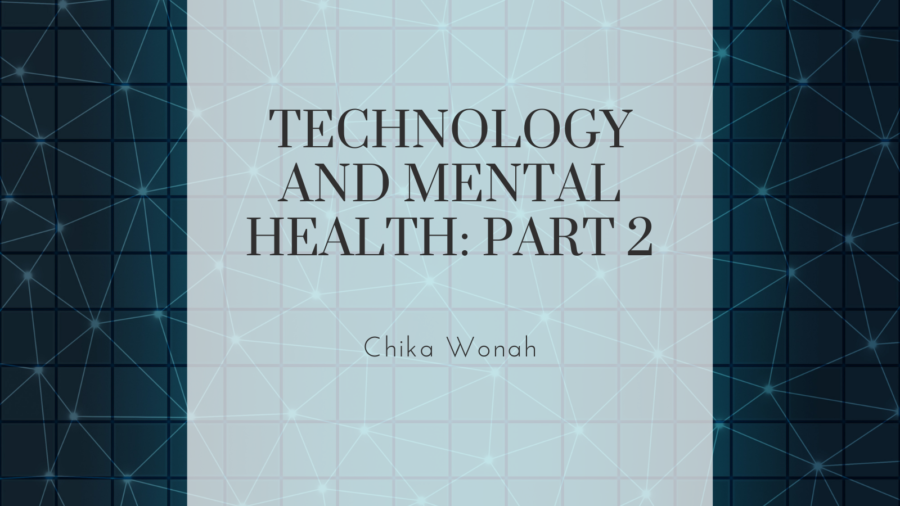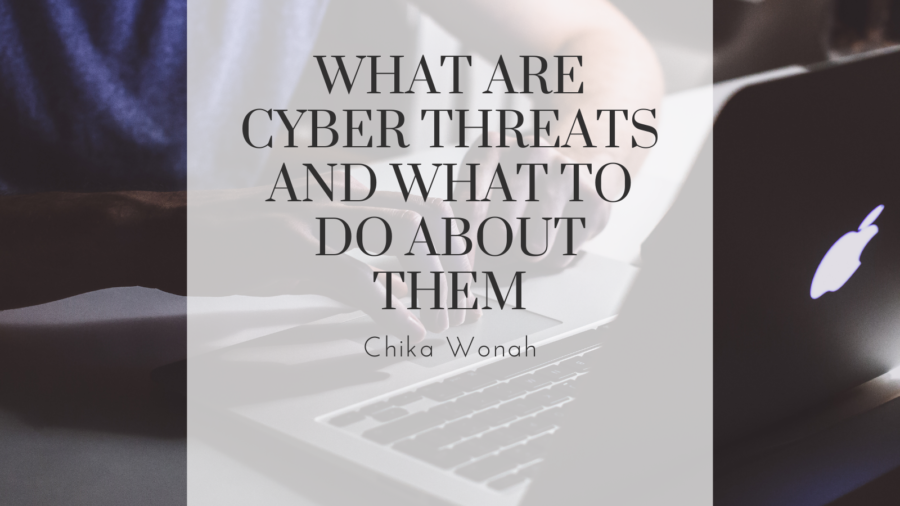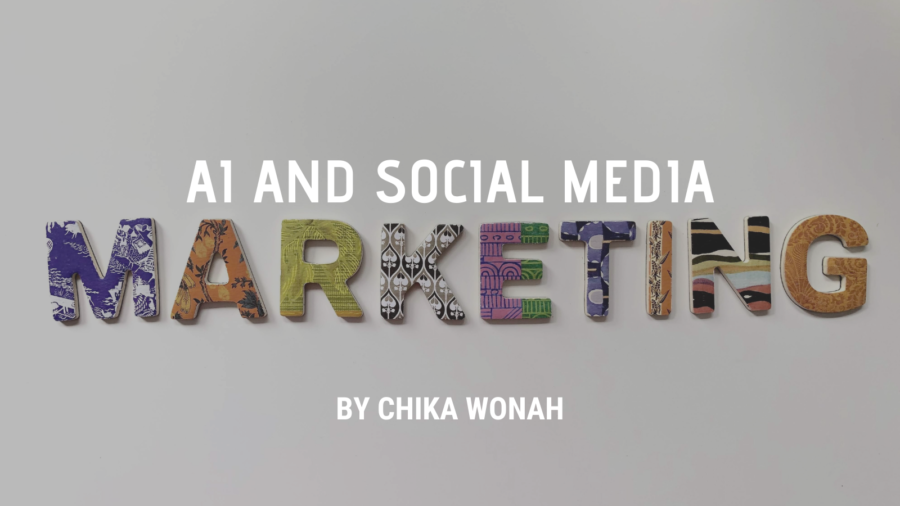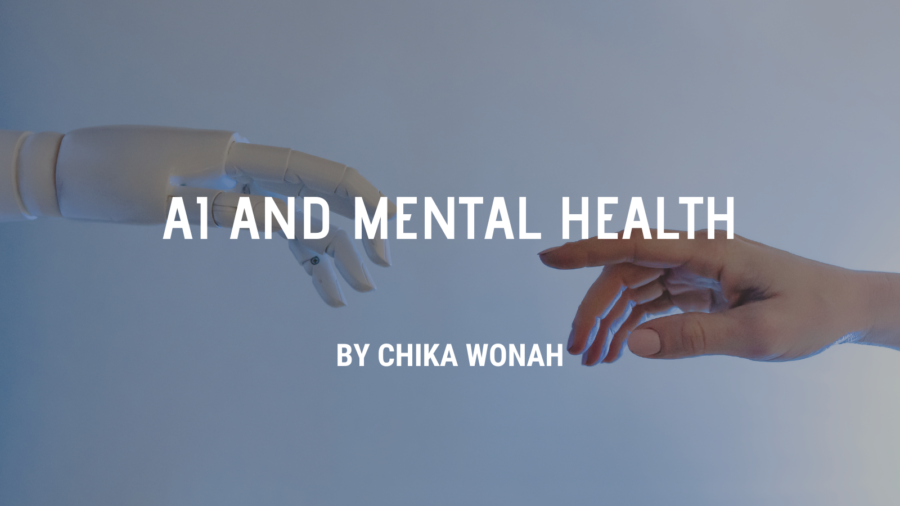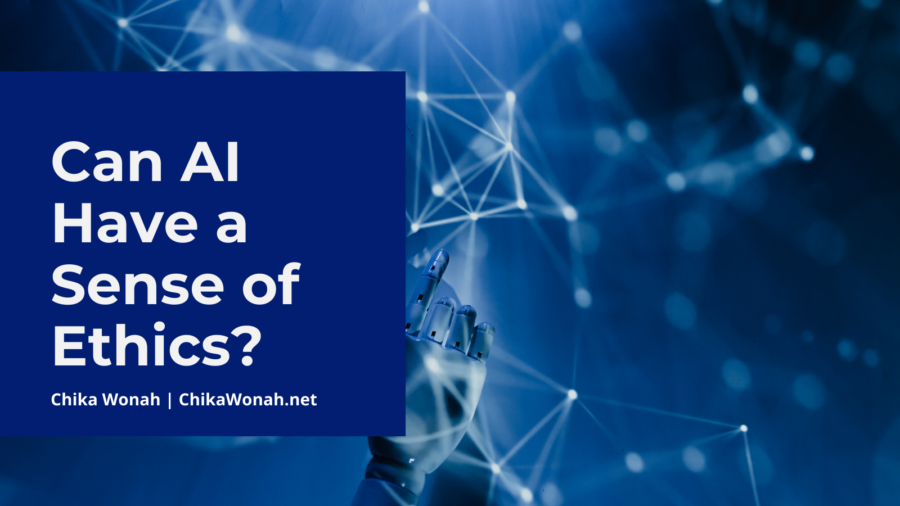In an article published by the healthcare website Tame Your Practice, Reinhardt discussed the various advantages of using telemedicine platforms for mental health counseling. One of these is that it can help individuals manage their stress levels and improve their quality of life. According to a study conducted by researchers at the University of Zurich, online counseling can be more effective than in-person sessions.
A study conducted on two groups of clients revealed that those who received online counseling experienced better outcomes than those who received in-person therapy. The researchers found that 53 percent of the individuals who received counseling online reported experiencing a reduction in their depression, while 50 percent of those who received in-person therapy said the same.
One of the main advantages of using telemedicine platforms is that it allows individuals to receive the same level of care and treatment they would receive in-person. It’s also cheaper and allows a wider scope of clients to be seen.
Although it’s generally allowed for counselors to use online counseling platforms to aid in the process of providing services, they still need to follow ethical guidelines when it comes to using technology. For instance, according to the American Counseling Association’s Ethics Code, counselors should only use technology that’s designed to help them provide effective and ethical counseling.
Although the use of technology can help individuals manage their mental health conditions, it has also been suggested that the use of the internet and technology can be linked to the development of mental health disorders. This is because studies have shown that the prevalence of certain mental health conditions can be influenced by the use of the internet and technology.
According to a study conducted by Dr. Romeo Vitelli, the use of the internet and technology has been linked to the development of a growing number of mental health disorders. He noted that the prevalence of internet addiction is similar to other forms of addiction. For instance, withdrawal symptoms can be triggered by the lack of access to online services.
Although the use of technology can help individuals improve their education and develop stronger interpersonal relationships, it can also be harmful to their mental health. According to Vitalli, research has shown that the use of the internet and technology can lead to the development of mental health conditions such as depression.
In his review of the literature, Pantic noted that several studies have shown that the use of social media sites such as Facebook and Instagram can lead to the development of depression. However, he noted that more research is needed to establish the exact link between these activities and mental health conditions.
Although the exact effects of the use of technology and social networking sites on the development of mental health conditions are still unclear, studies have shown that the prevalence of depression can be influenced by the users’ habits. One study conducted in 2013 by Pantic revealed that the users of Facebook were more likely to feel less happy. He also noted that the students who used social media sites were more prone to experiencing depression.
According to Pantic, the use of social media sites can trigger low self-esteem in some individuals. For instance, people might feel that they are not good enough or beautiful enough after seeing other people on the site.
The other study, which was conducted on university students in Utah, revealed that the users of social media sites were more likely to feel that their peers were more successful than they were. Although the exact link between the activities and mental health conditions is still unclear, Pantic noted that the users’ habits could be related to their own experiences.
Despite the technological advancements that have occurred in the field of health care, it is still clear that technology is still making positive changes in the treatment of mental health issues. However, it is also possible that the very tools that can help individuals manage their mental health problems could be linked to the experiences of individuals who have these issues.
Although the exact link between technology and mental health conditions is yet to be established, it’s still important for mental health counselors to have a comprehensive understanding of the relationship between the two. This is because they are expected to constantly improve their skills and knowledge.

